The Gutenberg Bible, printed in the 1450s, was more than just a book – it was a revolutionary invention that transformed the way information was disseminated. Johannes Gutenberg’s movable-type printing press allowed for the mass production of this sacred text, making it the first major work printed in Europe using this technology.
Initially intended for wealthy Catholic Church leaders, Gutenberg’s plan to print 150 Bibles expanded to 180 due to high demand. Today, only 48 complete copies remain, preserved in institutions worldwide. This remarkable achievement not only changed the landscape of book production but also had far-reaching effects on religious interpretation and access to knowledge.
The Gutenberg Bible: A Milestone in Printing History

The Gutenberg Bible, printed in the 1450s, marked a revolutionary turning point in the history of book production. As the first major work printed in Europe using movable metal type, it showcased Johannes Gutenberg’s groundbreaking technology and set the stage for the mass production of books.
This innovation drastically reduced the time required to produce a Bible from about a year of handwriting to just six months of printing. The Gutenberg Bible’s creation not only transformed the accessibility of religious texts but also paved the way for the widespread dissemination of knowledge, ultimately shaping the course of human history.
The Unique Features of Gutenberg Bibles: Craftsmanship and Design
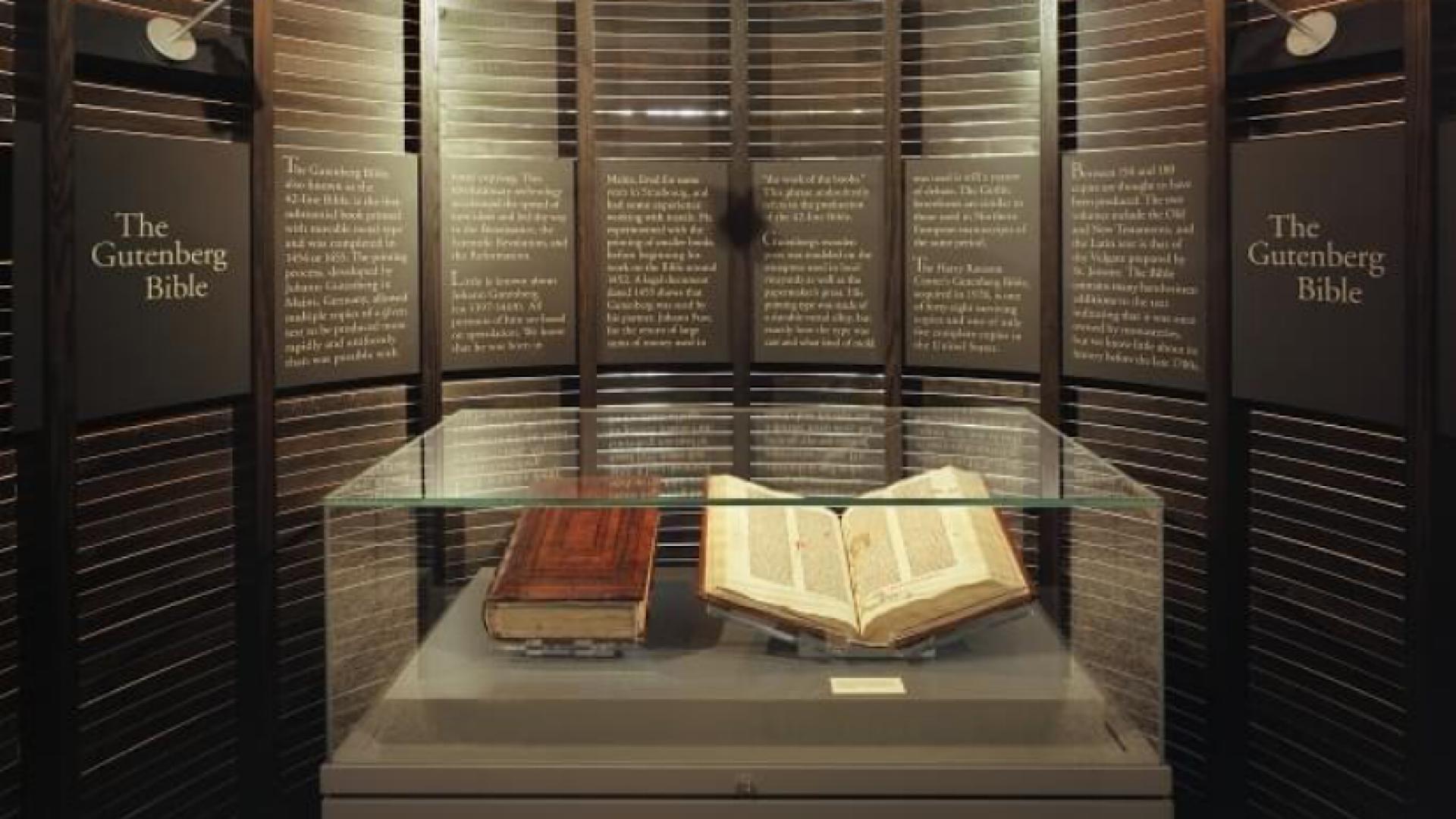
Each Gutenberg Bible is a masterpiece of early printing, boasting nearly 1,300 pages and weighing approximately 60 pounds. Printed in Latin with double columns and 42 lines per page, these Bibles showcase the precision and uniformity that Gutenberg’s printing press made possible.
What truly sets each Bible apart are the hand-decorated elements added after printing. From ornate initials to colorful illustrations, these embellishments were customized according to the buyer’s preferences and budget. This combination of revolutionary printing technology and traditional craftsmanship resulted in unique works of art, with no two Gutenberg Bibles being exactly alike.
The Impact of the Gutenberg Bible on Religious Interpretation

The Gutenberg Bible’s mass production had a profound effect on religious scholarship and interpretation. Initially, it provided easier access to biblical texts for learned priests and scholars, leading to more widespread use of the term “Bible” instead of “scripture” in academic circles.
As time progressed, the availability of printed Bibles in vernacular languages sparked a shift in how ordinary people engaged with religious texts. This democratization of scripture gradually reduced the clergy’s role as the primary interpreters of the Bible, allowing for more personal interpretations and questioning of biblical texts by laypeople, particularly from the 1520s onward.
The Journey of the Gutenberg Bible: From Creation to Preservation
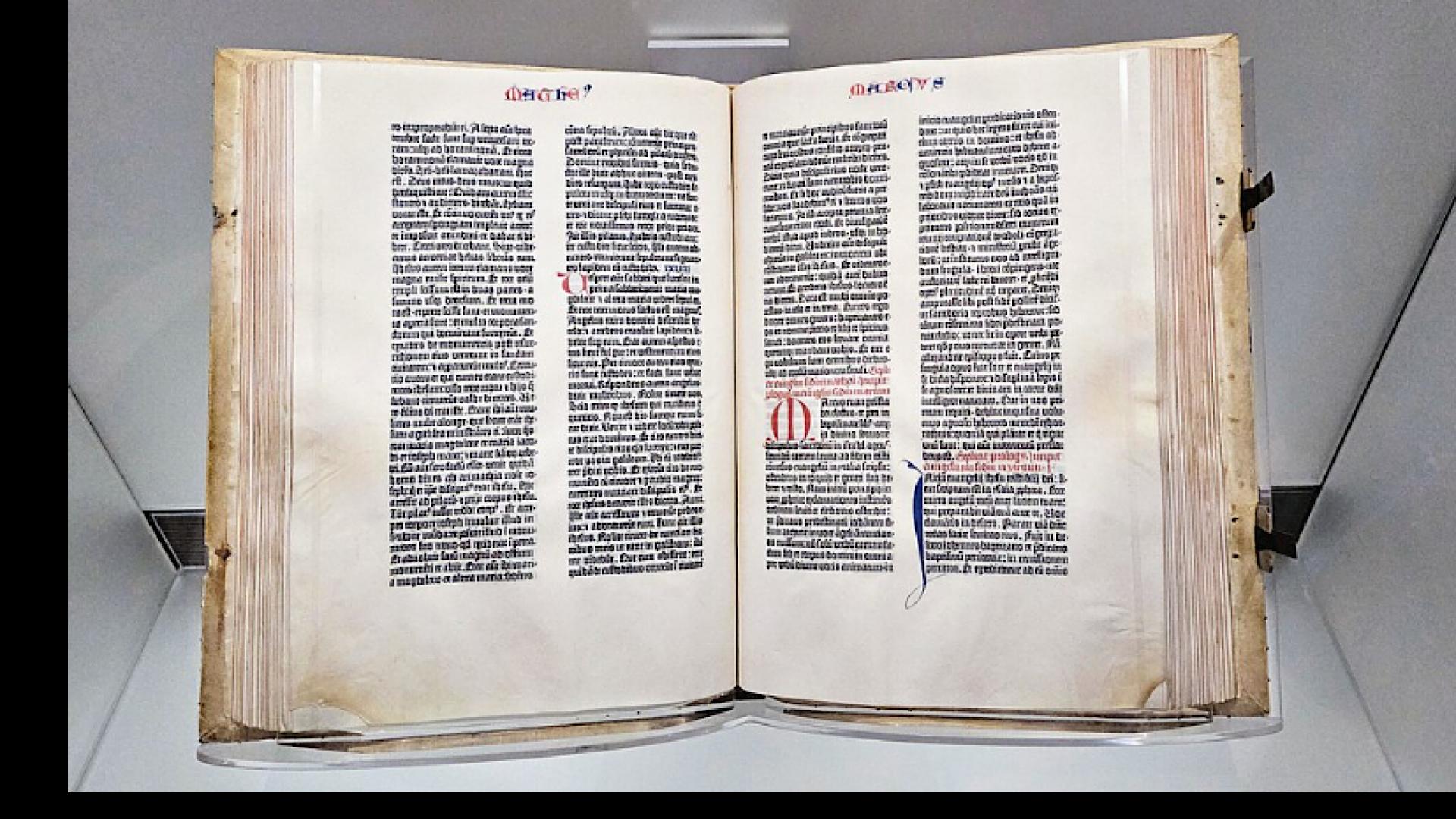
The story of the Gutenberg Bible begins with Johannes Gutenberg’s ambitious plan to print 150 copies, which expanded to 180 due to high demand. These Bibles were printed on both paper and animal skin, with each copy receiving unique hand-decorations and bindings based on the buyer’s preferences.
Today, only 48 complete copies of the Gutenberg Bible are known to exist, carefully preserved in institutions around the world. Notable examples include the paper copy on display at the Morgan Library & Museum in New York City, alongside two vellum copies stored in underground vaults. These rare survivors continue to captivate researchers and visitors alike, offering insights into the dawn of the printing age.
The Role of the Gutenberg Bible in Promoting Literacy and Education
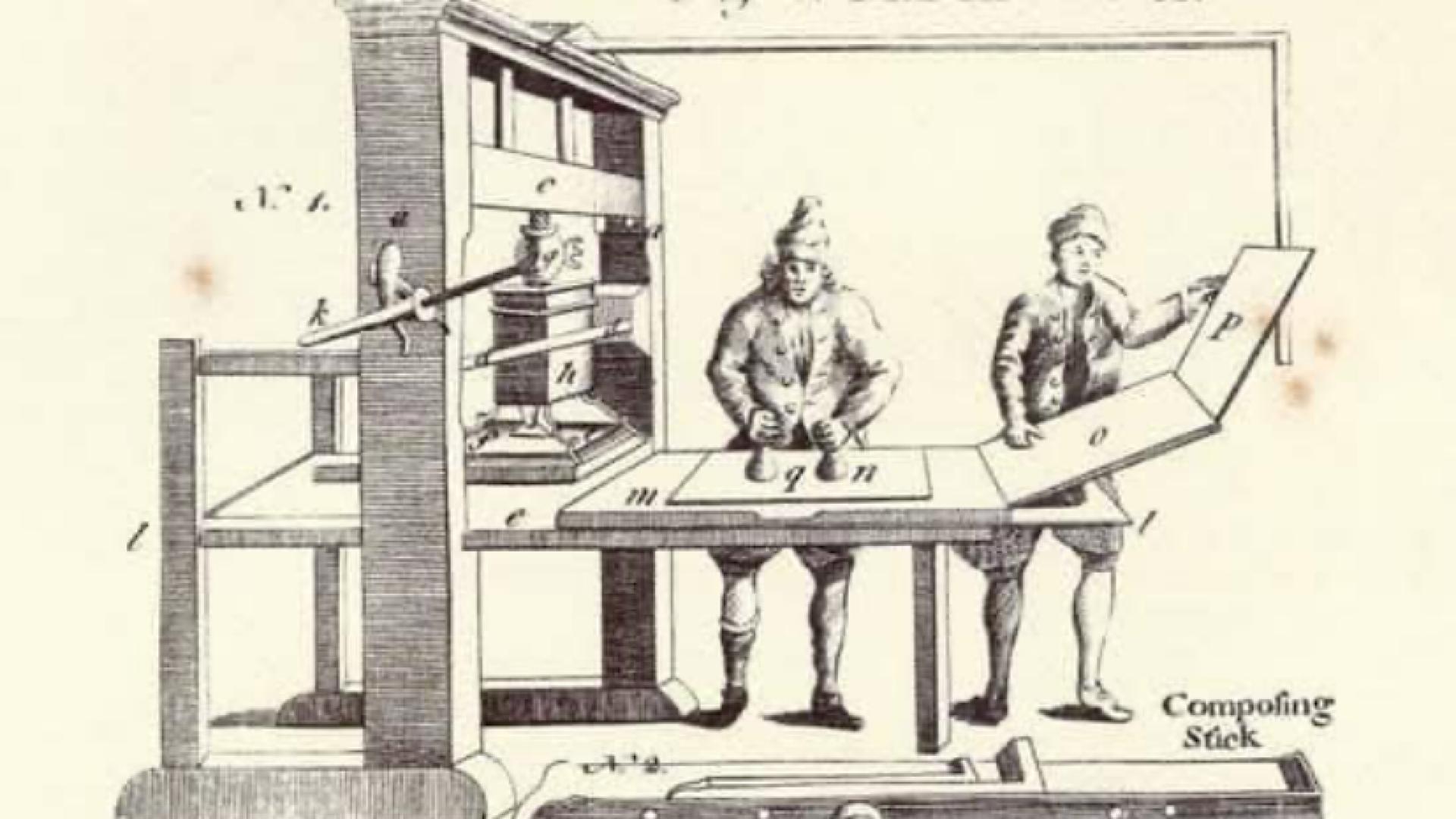
The Gutenberg Bible played a crucial role in advancing literacy and education throughout Europe. By making the biblical text more widely available, it encouraged a broader engagement with scripture beyond the confines of religious institutions.
While literacy rates didn’t immediately skyrocket, the increased accessibility of printed texts gradually contributed to a more literate society. As vernacular translations of the Bible became available, following Gutenberg’s innovation, more people were motivated to learn to read, ultimately leading to a more educated populace and fostering critical thinking about religious and secular matters alike.
The Personal Histories Embedded in Gutenberg Bibles
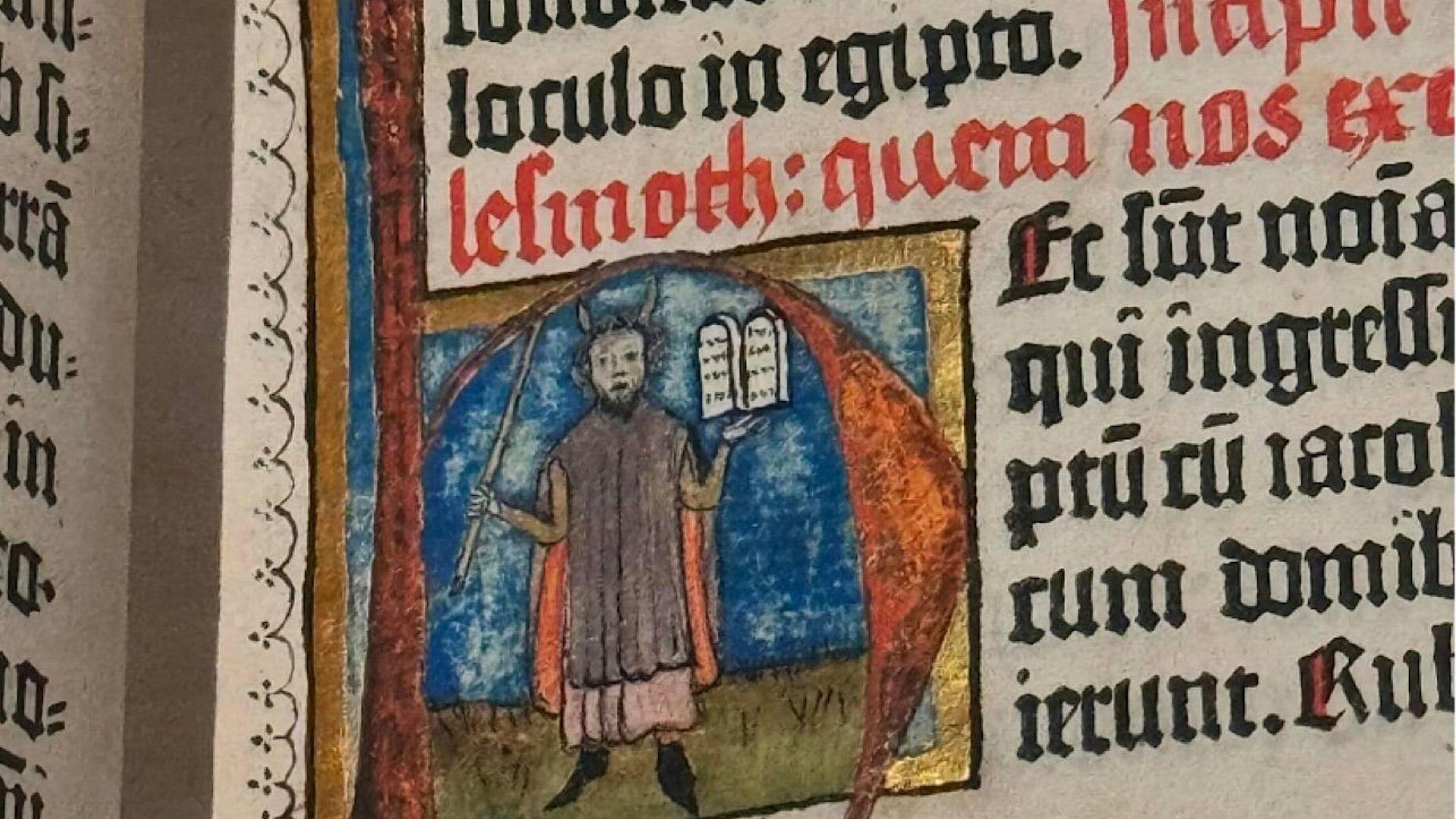
Each Gutenberg Bible carries within its pages a unique history of those who owned and interacted with it over the centuries. Handwritten annotations, personal names, and birth dates found in various copies offer glimpses into the lives of individuals who treasured these books as personal objects.
These markings not only provide valuable historical information but also humanize these ancient artifacts. By studying these personal touches, researchers can uncover fascinating stories that connect us to the past, reminding us that these Bibles were not just revered religious texts but also cherished possessions that played significant roles in people’s lives.
The Influence of the Gutenberg Bible on the Protestant Reformation
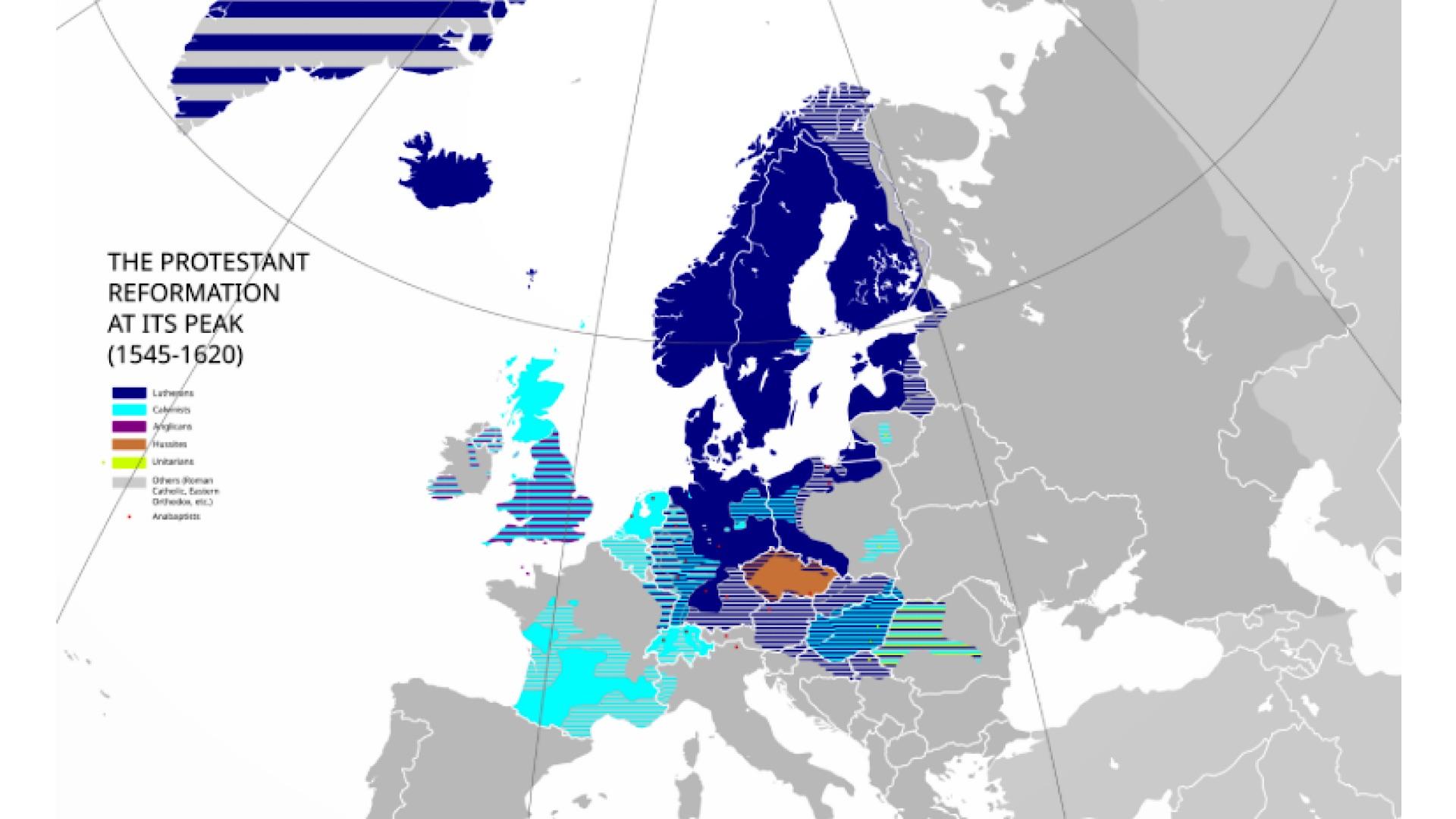
The Gutenberg Bible’s printing technology set the stage for a seismic shift in religious thought and practice. As the ability to mass-produce texts spread, it paved the way for the printing of Bibles in vernacular languages, most notably Luther’s Bible in the early 1520s and Tyndale’s New Testament in the mid-1520s.
This accessibility to scripture in local languages profoundly impacted the relationship between ordinary parishioners and their faith. It enabled individuals to engage directly with biblical texts, challenging the traditional role of clergy as sole interpreters. This democratization of scripture became a cornerstone of the Protestant Reformation, empowering believers to form their own understanding of religious teachings and ultimately reshaping the religious landscape of Europe.
A Closer Look at the Morgan Library’s Gutenberg Bible

The Morgan Library & Museum in New York City offers visitors a rare opportunity to view a Gutenberg Bible up close. The paper copy on display is rotated three times a year by a curator, allowing different pages to be showcased and preserving the delicate artifact.
Beyond its religious significance, this Bible serves as a window into history. Recent research on its handmade initials revealed its origin in a now-defunct German monastery. The Morgan Library’s collection also includes two vellum copies stored in underground vaults, emphasizing the institution’s commitment to preserving these priceless historical treasures while making them accessible to the public and researchers alike.
Rediscovering the Gutenberg Bible: Ongoing Research and Discoveries

Despite being studied for centuries, the Gutenberg Bible continues to yield new insights to researchers. In the 2000s, a Japanese researcher discovered small marks on the surface of the Old Testament’s paper copy at the Morgan Library, revealing that these leaves were later used by Gutenberg’s successors for their own 1462 edition.
This ongoing process of discovery highlights the enduring relevance of the Gutenberg Bible in academic research. Each examination has the potential to uncover new information about its production, use, and historical context. As technology advances, new methods of analysis may reveal even more secrets hidden within these 500-year-old pages, continually enriching our understanding of this pivotal moment in printing history.

